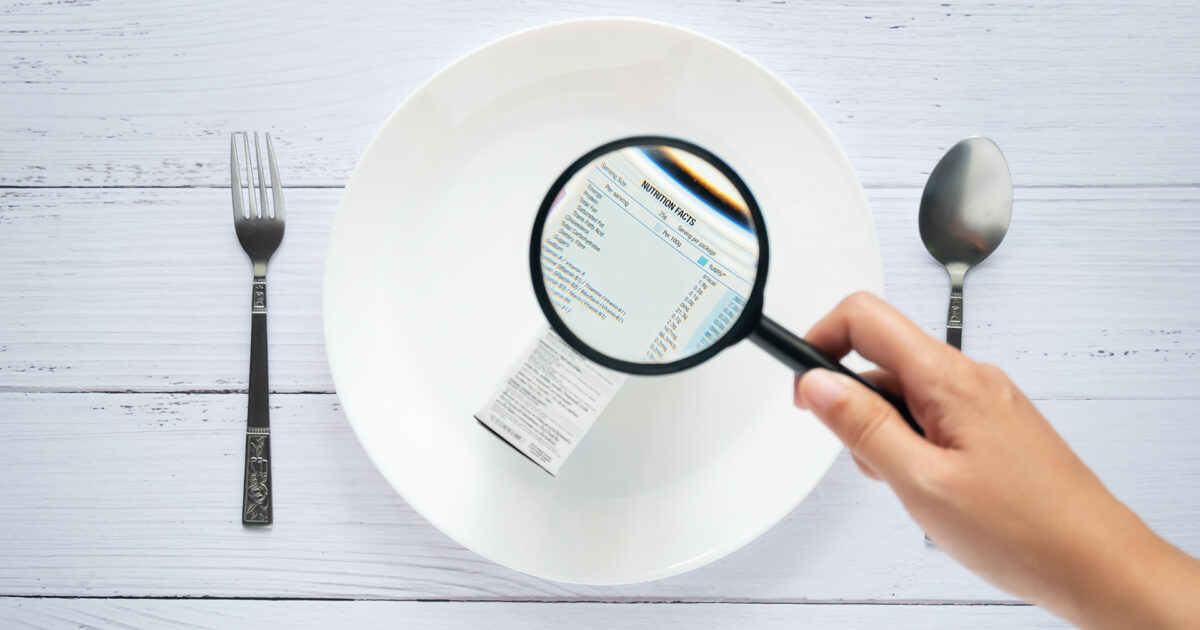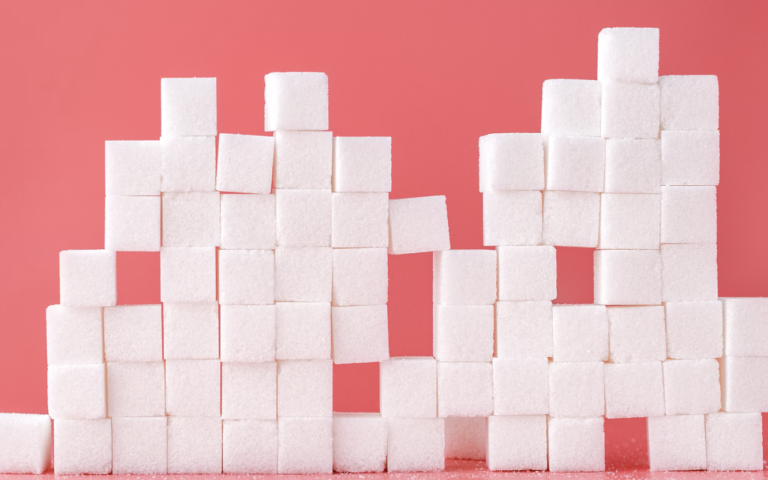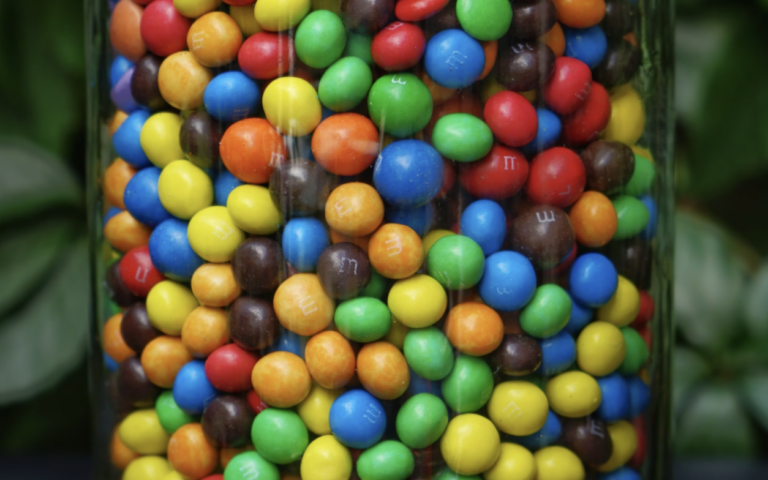
Is there a lot of information on nutrition labels? Is it complicated and difficult to read? Is it confusing rather than facilitating consumers? In Greece, according to the Unified Food Control Agency (EFET), a small percentage have read it. Specifically, based on his most recent study, Only 1 in 5 participants said they always read nutritional information On the back of the package.
A large percentage of consumers find the nutritional label on the back of the package complicated or difficult to read.
However, the phenomenon is not only Greek, but also European, according to the president of EFET, Antonis Zampella, which explains to K the reasons why consumers don't care and look past the information provided on labels. It is noteworthy that a study conducted by EFET shows that 56.4% of men and 59.9% of women prefer to eat some food. Classification index Its nutritional composition is on the front of the package. In a second study, they concluded that a large percentage of consumers find the nutrition label on the back of the package Complex or difficult to readWhile the latest study conducted by EFET in cooperation with the Agricultural University of Athens showed that Greek consumers prefer A A classification system that uses colorsfocusing on the content of specific nutrients.
With the information on the labels having to be clearly decoded, K tries to help Argyros Pikaturu, Professor of Chemistry and Food Technology at the University of Patras, Highlight items that will help to better read labels and decipher their information.
What do we look for when reading a food label?
The order in which components are listed. The ingredients in the product are listed in descending order, i.e. from highest to lowest content. The first component has the largest content in the product, the second is immediately the smallest, and so on.
Content of specific ingredients. It is recommended to choose foods that do not contain saturated fats, hydrogenated or partially hydrogenated (or trans) fats, and sugars in their ingredient list. If any of the above ingredients are listed, they should be listed at the end of the list.
Hidden sources of sugar. Sugar can be contained in a product with different names of sugars such as sucrose, maltose, dextrose, glucose, fructose, invert sugar, molasses, partially hydrolyzed starch, fructose syrup and glucose syrup. Usually this is the end – Geese Prescribes some sugar.
Is the “no calories” claim reassuring?
In products labeled “zero calories” or “zero calories” To remove calories, this means that artificial additives have been used. Therefore, if the body eats a sweet product, but without calories, it understands that it is consuming sugar and starting a biochemical process, but without having anything to metabolize and this can have a negative impact on health.
How can the “preservative-free” claim fool us?
A non-preservative product means that it does not contain substances that extend the shelf life of food by protecting it from deterioration caused by microorganisms. But that doesn't mean it doesn't contain it Additives: Any substances that are added to food in order to preserve its color, taste, texture, and shelf life. “So it's a misleading statement because it distracts from other important elements.”
Preservatives aren't the only additives. There are others like, Emulsifiers, thickeners, thickeners, antioxidants, flavor enhancers, coloring agentset al., which are often observed in food.
How dangerous are additives?
“Any additional Currently commercially available It is safe due to its low toxicity, strict safety tests and its use is controlled by legislation. The entities conducting audits review and re-evaluate the data every five years. Every time the materials are re-examined, special instructions are issued about which demographic groups they should avoid,” explains Ms. Bekatoro.
There are additives that have been linked to negative health effects such as: asthma, attention deficit hyperactivity disorder (ADHD), heart problems, cancer, obesity, and others. While others have been proven to affect hormonal balance.
But he points out that there are additives that have been linked to negative health effects such as: asthma, attention deficit hyperactivity disorder (ADHD), heart problems, cancer, obesity, and others. While others have been proven to affect hormonal balance. Children are always more sensitive than adults to exposure to such substances, as are special populations (pregnancy, nursing mothers, people with special conditions).. “Acceptable limits for the intake of these additives are therefore set, but the consumer is not in a position to know this,” he concludes.
A typical example is NitratesIt is approved as a food additive in the European Union and is used in processed meat, fish and cheese products. “They have been documented to be carcinogenic, but have not been eliminated because nothing has been found to replace their use and benefits such as color stabilization in cured meats. The consumer is not at much risk from standardized products, unless he only eats them. There is danger in the natural ones too. For example Nitrates are also found in high concentrations in some vegetables, where they are their main fertilizers. But it can enter the food chain as an environmental pollutant, especially if the water is contaminated, thus exceeding the safe consumption level. “The consumer can't understand that.”
Regarding Artificial dyes They are widely found in foods, and are one of the classes of additives that are among the most toxic
Regarding Artificial dyes They are widely found in foods, and are one of the classes of additives that are among the most toxic. For example, Tartrazine It is a commercially available artificial food coloring with conflicting data about its effects. “It is associated with many adverse effects, such as urticaria, asthma, nausea, bronchitis, rhinitis and headache. However, it is one of the most widely used food colourings, permitted in many countries around the world. It is found in everyday products such as soft drinks, energy drinks and potato chips.” “And sauces, ice cream, jelly, chewing gum and other foods, but also in soap, cosmetics, shampoo, vitamins and medicines. It is also used as a cheap substitute for cooking saffron. Unfortunately, we are exposed to chemicals from everywhere.”

“Avid problem solver. Extreme social media junkie. Beer buff. Coffee guru. Internet geek. Travel ninja.”













More Stories
“Recycling – Changing the water heater”: the possibility of paying the financing to the institution once or partially
Libya: US General Meets Haftar Amid Tensions Between Governments
New tax exemption package and incentives for business and corporate mergers..